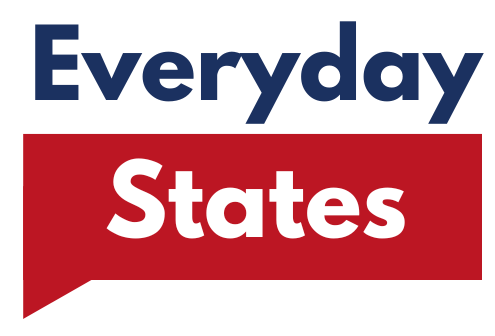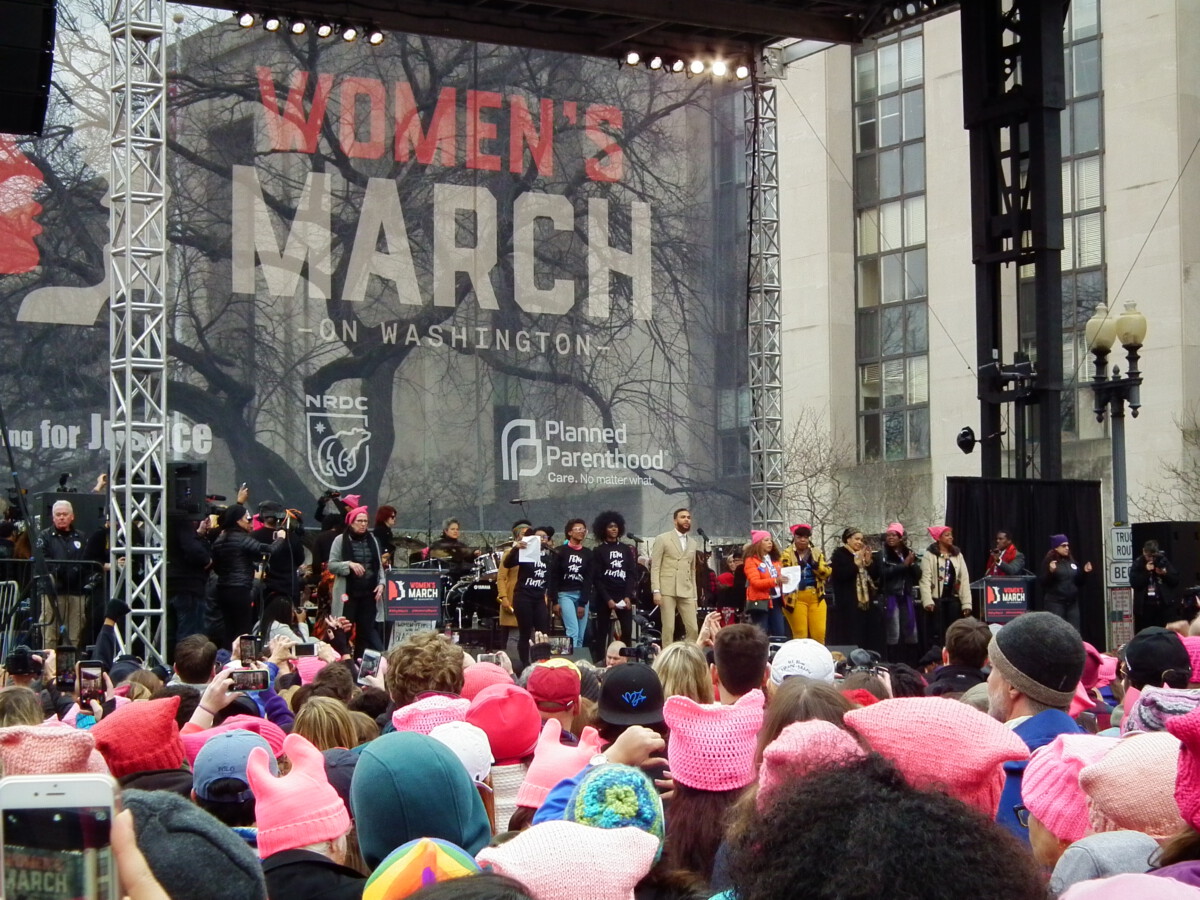Protests have always been a vital part of American history, serving as a voice for the voiceless and a catalyst for change. They have rallied people together, stirred emotions, and sparked movements that have shaped the nation. From the early days of colonial America to the modern era, protests have been the heartbeat of social change. This article delves into the top 10 most iconic protests in American history, exploring their significance and lasting impact.
The Boston Tea Party (1773)

One of the earliest and most influential protests in American history, the Boston Tea Party stands as a symbol of rebellion against oppressive governance. In 1773, American colonists were fed up with British taxation policies, particularly the Tea Act, which favored the British East India Company. In a bold act of defiance, colonists disguised as Mohawk Indians boarded British ships and dumped 342 chests of tea into Boston Harbor. This daring protest was not just about tea; it was a statement against taxation without representation. It ignited a spark that led to the American Revolution, forever changing the course of history.
The Seneca Falls Convention (1848)

The Seneca Falls Convention was a groundbreaking event that marked the beginning of the women’s rights movement in the United States. Organized by Elizabeth Cady Stanton and Lucretia Mott, this convention brought together like-minded individuals who were determined to fight for gender equality. The Declaration of Sentiments, drafted during the convention, outlined the injustices faced by women and called for equal rights, including the right to vote. This protest planted the seeds for the suffrage movement, eventually leading to the 19th Amendment, which granted women the right to vote in 1920.
The Civil Rights March on Washington (1963)

The March on Washington for Jobs and Freedom in 1963 was a pivotal moment in the Civil Rights Movement. Over 250,000 people gathered at the Lincoln Memorial, united by a common goal: to end racial segregation and discrimination. Dr. Martin Luther King Jr.’s iconic “I Have a Dream” speech became the highlight of the event, resonating with millions and inspiring a generation. This protest was instrumental in the passage of the Civil Rights Act of 1964, which outlawed segregation and discrimination based on race, color, religion, sex, or national origin.
The Stonewall Riots (1969)

The Stonewall Riots were a watershed moment for the LGBTQ+ community, marking the beginning of the modern LGBTQ+ rights movement. In June 1969, a police raid on the Stonewall Inn, a gay bar in New York City, led to spontaneous protests and clashes with law enforcement. The riots lasted several days and ignited a movement that demanded equal rights and recognition for LGBTQ+ individuals. The Stonewall Riots inspired annual Pride marches and fueled advocacy efforts, paving the way for significant advancements in LGBTQ+ rights.
The Vietnam War Protests (1960s-1970s)

The Vietnam War Protests were a series of demonstrations that swept across the United States, as citizens voiced their opposition to the ongoing conflict. The war, which claimed countless lives and seemed endless, sparked widespread discontent. Students, veterans, and activists organized rallies, marches, and sit-ins to demand an end to the war. The protests reached a critical point with the Kent State shootings in 1970, where four students were killed by the National Guard. These demonstrations played a crucial role in shaping public opinion and ultimately contributed to the U.S. withdrawal from Vietnam.
The Women’s March (2017)

The Women’s March on January 21, 2017, was a powerful demonstration of unity and resistance in response to the election of Donald Trump. Millions of people, both in the United States and around the world, marched to advocate for women’s rights, LGBTQ+ rights, and social justice. The event highlighted the importance of grassroots organizing and mobilized a diverse coalition of activists. The Women’s March became a symbol of solidarity and empowerment, reminding the world of the ongoing fight for equality and justice.
The March for Our Lives (2018)

The March for Our Lives was a student-led protest that emerged in the wake of the tragic shooting at Marjory Stoneman Douglas High School in Parkland, Florida. On March 24, 2018, hundreds of thousands of people gathered to demand gun control and safer schools. The movement was driven by young people, whose voices resonated across the nation, calling for legislative action to prevent gun violence. The March for Our Lives sparked a national conversation about gun reform and highlighted the power of youth activism.
Black Lives Matter Protests (2013-Present)

The Black Lives Matter movement began in 2013 as a response to the acquittal of George Zimmerman in the shooting death of Trayvon Martin. Since then, it has grown into a global movement advocating against systemic racism and police violence. The movement gained momentum following high-profile incidents of police brutality, such as the deaths of Michael Brown, Eric Garner, and George Floyd. Black Lives Matter protests have sparked widespread discussions about race, justice, and equality, challenging the nation to confront its history of racial injustice.
The Anti-Nuclear Protests (1980s)

During the Cold War, the threat of nuclear war loomed large, prompting a wave of anti-nuclear protests across the United States. Activists organized demonstrations, rallies, and sit-ins to oppose nuclear weapons and advocate for disarmament. The most notable event was the 1982 Nuclear Freeze Rally in New York City, which attracted over a million participants. These protests played a significant role in raising awareness about nuclear proliferation and influencing U.S. policy, contributing to arms reduction agreements in the years that followed.
The Climate Strikes (2019-Present)

Inspired by young climate activist Greta Thunberg, the global climate strikes have mobilized millions of people to demand action on climate change. In the United States, students and activists have organized walkouts and protests to raise awareness about environmental issues and advocate for sustainable policies. The movement emphasizes the urgency of addressing climate change and has led to increased public discourse on environmental responsibility. The climate strikes serve as a reminder of the power of collective action in the fight for a sustainable future.






